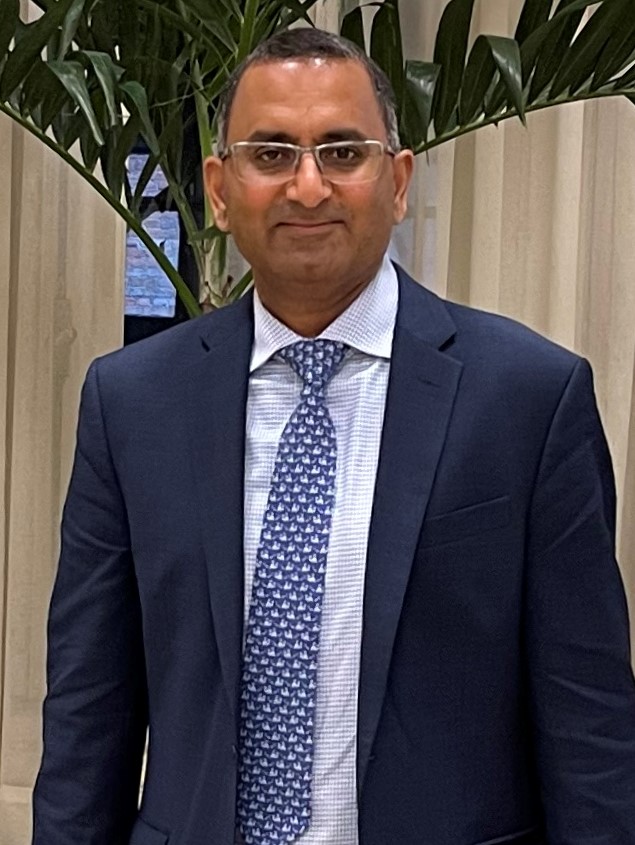UCONN-Stamford Research to Support Job Growth
UCONN-Stamford is too often thought of as merely a University of Connecticut satellite campus. That thinking will change in a big way, because UCONN-Stamford is hiring young scholars who will push the frontiers of academic research and innovation in Fairfield County.
“Stamford lies within one of the larger metropolitan statistical areas in the U.S., and enjoys a great deal of economic activity,” said Dr. Evan Rawley, an associate professor at UCONN Stamford. “However, the Stamford area has not historically had a major academic research presence.”
Until now.
Rawley is talking about the kind of academic research that can help Stamford’s industries and companies grow, and enhance their ability to innovate and create high-value jobs.
Investopedia defines a metropolitan statistical area (MSA) as a region of cities and surrounding communities that share social and economic components. Researchers use MSAs as a standard way to measure productivity in a specific geography.
Our MSA covers Fairfield County, where the largest concentration includes Stamford, Norwalk and Bridgeport. In terms of the number of Fortune 500 companies that have a major presence, this MSA is in the top 20 in the United States.
H2: UCONN-Stamford’s Research is About Commercialising Local IP
“Adding a scholarly powerhouse like Dr. Rawley is an enormous boon for UConn-Stamford,” said Terrence Chang, <title> “His work and presence will raise our profile as a university, and benefit the City of Stamford, and so many of the businesses and industries that call Stamford home.”
The addition of academic research to Stamford’s Innovation District is the latest proof-point of the city’s position as a leader in technology, innovation, and entrepreneurship. Moreover, UCONN-Stamford will also be home to another Technology Incubation Program (TIP) site, which will join the incubators on the main campus in Storrs, as well as UConn Health.
“We are very excited to see the impact Dr. Rawley will have in the classroom with our students, and in the community with our external partners,” Chang added.
H2 Rawley’s Focus on Three Research Areas at UCONN-Stamford
Beyond teaching, Professor Rawley will lead research projects at the Stamford campus: corporate strategy, entrepreneurship and organizational economics.
H3 Corporate Strategy
“Firms and markets are alternative means of production,” Rawley explained, “and management is the visible hand that organizes production within firms. That’s the lens I take with corporate strategy.”
When markets fail, companies step in and create value by internalizing what the market cannot do effectively. Rawley’s research aims to understand how value is created by firms, and explicate how the results can be both socially efficient and profitable.
Firm strategy emanates from the decisions of managers in the corporate center. But how does the visible hand of management solve market failures?
H3 Entrepreneurship
“My work in corporate strategy led me to think about firms that are able to integrate in order to solve problems,” Rawley said. “Then I noticed that firms were dis-integrating to solve problems too – spinning off new companies focused on opportunities that were hard for larger organizations to capture.”
This realization led him to think more about entrepreneurship. When is it better for a company to marshal resources to commercialize new ideas, versus when is it advantageous to spin off resources and allow people to work on ideas independently?
“My research looks at what makes spin offs more successful, and how managers develop the knowledge and competencies that enable them to be successful entrepreneurs,” Rawley noted.
H3 Organizational Economics
Modern, dynamic companies solve a wide range of problems. Often they pull in diverse groups of people from all parts of the organization, as well as from the outside, to address strategic questions.
“My private sector work in corporate strategy relied on my economics background, Rawley recalled, “where the firm is often characterized as a nexus of contracts.”
That’s when he began to see the value in an alternative perspective — firms as nexuses of teams that work together to solve problems. As a result, Rawley is now studying the economic basis of team organization in order to better understand how teams can systematically produce better outcomes for firms. To this end, he is developing experiments that he hopes will uncover new findings.
“There’s a lot of lab experiments, and a lot of theories on how teams work,” Rawley said, “but not a lot of field experiments. That’s how I plan to research on organizational economics.”
H2 Researching an Identity for Stamford
Research can lead to “Silicon Valley” kinds of opportunities, whether in data science, digital media, or other areas. Stamford and its surrounding communities have the density and the potential to make collaboration between industry and academia possible.
Commercializing these opportunities is not necessarily UCONN’s job, but the university is able to discover the fundamental building blocks that private or public organizations can use to create or expand markets.
Stamford is already Connecticut’s fastest growing city with a high employment rate and a lively social scene. In spite of COVID-19 restrictions, proper investments and the right opportunities that are matched with boundary-pushing academic research could redefine Greater Stamford’s identity as a desirable — and growing — world-class economic hub.
—–
About the Stamford Partnership
We raise Stamford’s quality-of-life, one initiative at a time. Here’s how.
The Stamford Partnership is a 501(c)(3) nonprofit focused on improving the quality of life for Stamford’s residents, workforce, businesses, and stakeholders. We bring people, companies, governments, and nonprofits together to reimagine our shared future. Focused on economic and social impact, we’re guided by our three pillars: public-private partnerships, ecosystem development, and talent development.


